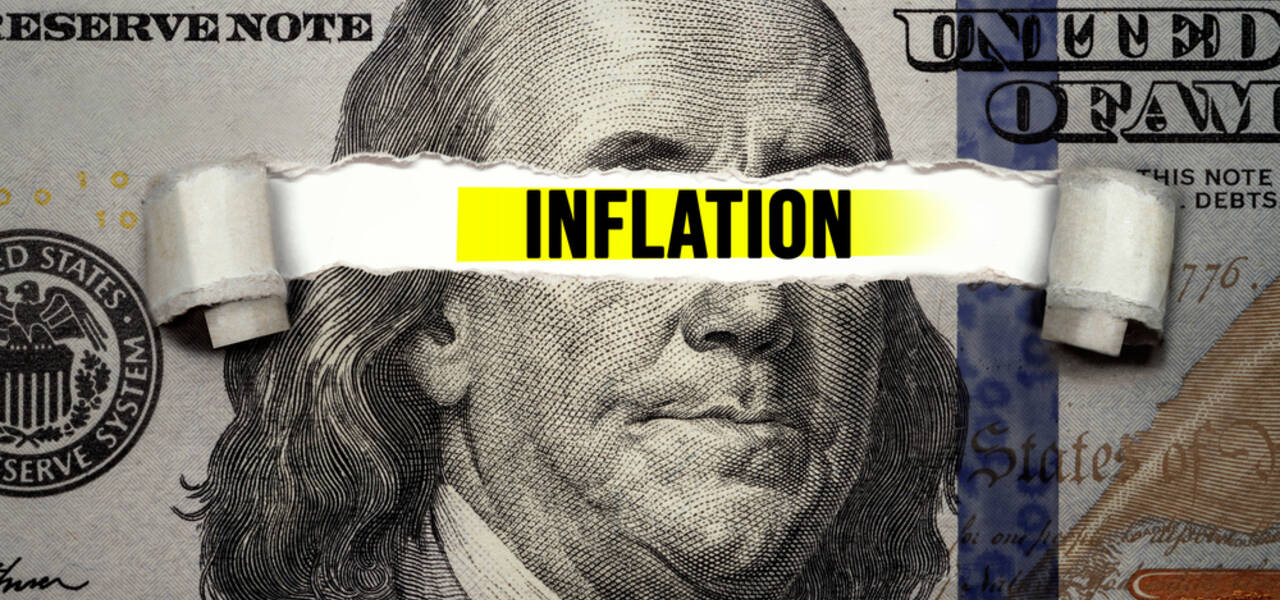US Inflation has skyrocketed in January to 7.5%, recording the largest annual increase in 40 years. This jump in prices is the fastest pace of inflation since 1982.
Part of the Fed's job is to prevent inflation from getting out of control — and bring it back every time it rises to the bank's 2% target. To curb current inflation, the Fed plans to increase interest rates several times this year - possibly as many as five times.
Investors are waiting for the Fed to raise rates at its next March meeting. The question now is not whether the Fed will raise rates, but whether it the rate hike is by 50 basis points or 25 basis points.
How does raising interest rates curb inflation?
1. Higher interest rates reduce demand
The Federal Reserve controls the federal funds rate, which is often referred to as the target rate. It is also the rate banks use for providing overnight loans to each other. Banks borrow money to be able to deliver loans to consumers and businesses. Therefore, when the Fed hikes rates, it raises the cost of borrowing for banks that need money to lend to others or meet their regulatory requirements. Of course, banks pass these higher costs on to consumers and businesses. If the Fed raises the interest rate by 25 basis points or 0.25%, consumers and businesses will also have to pay more to borrow money.
As the cost of borrowing increases, demand and economic activity decline. For example, if a car loan becomes more expensive, you as a consumer may decide that now is not the time to buy that new car. Or, perhaps, a company is less likely to invest in a new factory and hire additional workers if the interest it has to pay to get a loan to finance its business increases. That is the cost to pay when the Fed raises rates.
2. Lower demand reduces inflation
Since raising rates lowers demand and puts the brakes on the economy, that's exactly what slows down inflation. Usually, the prices of goods and services rise when the demand for them increases, fuelling inflation. However, as borrowing becomes more expensive, the demand for goods and services decrease throughout the economy.
Prices may not necessarily decrease and return to their old rates after raising rates, but at least their inflationary rate will decrease. The Fed follows this cycle to control inflation. Inflation rises strongly, so the US central bank hikes rates until the demand for goods and services decreases, and thus prices calm down, and so does inflation. Will the Fed succeed this time?
















